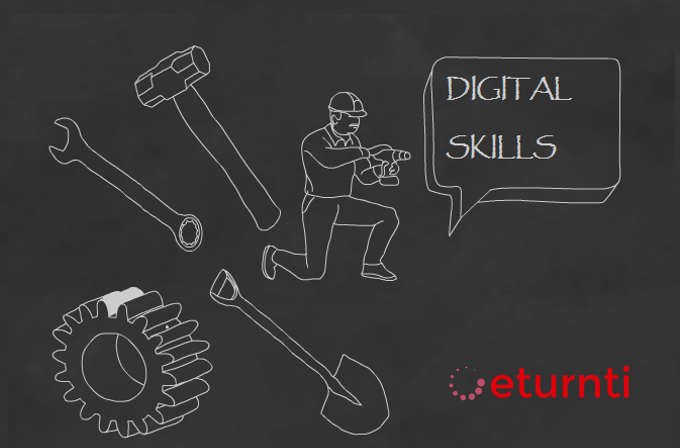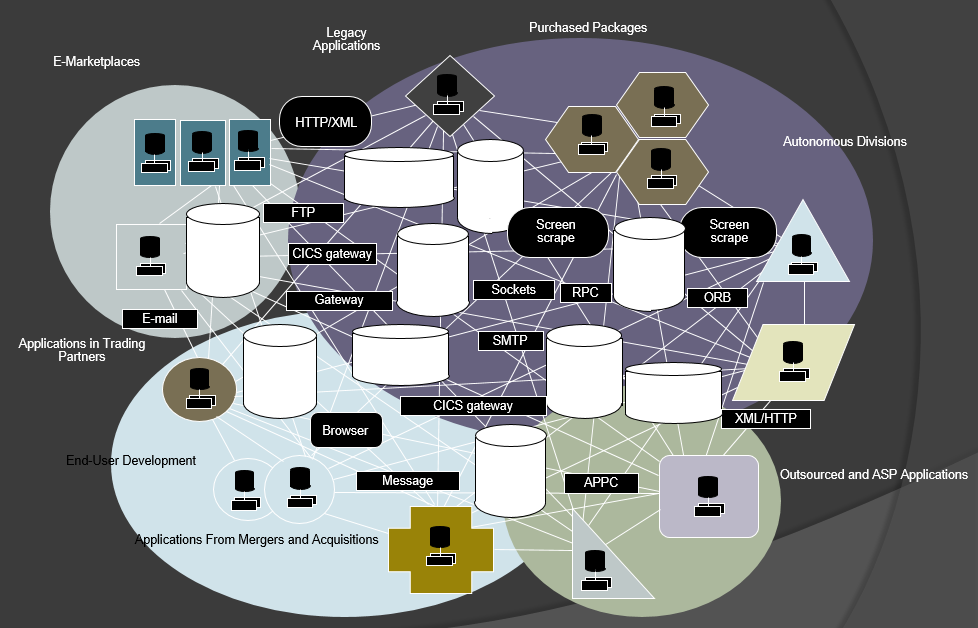
Quite often get this query from most IT professionals as to what areas should I upgrade my skills to.
The concern is genuine and needs a good well thought out plan to understand where one needs to focus his/her energies in meeting up to the challenge. Here is a list of some industry rattlers which are indicative of how and where one needs to focus their energies on. Have listed them in no specific order. All of these shall be indicative of what skills IT professionals need to focus on and have them in their kitty.
Target Corporation laid off large numbers of project managers, due to “… transition to an agile operating model
University of California-Berkeley has replaced its “Project Management” course with “Product Management”
Security compliance in the architecture is no longer about following OWASP rules it is about adhering to GRC standards.
SOA giving way to Micro Services although Services Oriented Architecture still relevant where there is a definitive business case of legacy forming a major part of your architecture.
ACID way of transaction management giving rise to BASE models. High scalability and high availability are the nature of systems now and transaction management needs to address this concern quite well in the architectures. Internet is the second home for all of the world which spends most of its time transacting, communicating, and having fun or plain simple being there. It better be fast. Need for high scalability and availability engineers.
Virtualization is giving way to Containers where you are trying to extract memory and processing power to the last grain. All container architects, API architects the new high in the virtualization world.
Projects success measured based on business goals not project or technology outcomes. Customer experience is key to everything now as there are better products out there that understand the customer. Context sensitive
Earlier it was about where the box came from ( meaning which vendor made the hardware ) now with distributed computing and grid computing in place where commodity hardware can be used it is all about the Cloud. Moving from CAPEX to OPEX. Significant need for cloud engineers from who know how to design, deploy, cloud services one vendor from the other.
Knowledge management earlier just meant storing code and documents alone for a companies. Now it is about getting your artifacts pegged in the industry context and also observing and keeping in pace with your IT ecosystem. Now it is about taking care of your ecosystem. It is learning from your ecosystem and continuously improving upon that knowledge base. Companies cannot live in isolation.
Your last mile of delivery would take all the time and now has a silver bullet in the form of DevOps. The quicker you move the easier it is to deliver on teething problems. What is the balance here from things cannot be built that quickly and need a slow calculated approach especially while dealing with legacy.
Where MVP does makes sense and where does Value Chain Analysis have an impact? What is the right mix to balance these opposing concerns of getting fast versus managing the bread and butter.
Business Architecture is taking precedence among other things and technology is being used as a true leverage. IT would earlier mask a business problem and solve the business problem using an IT solution instead of truly solving the business problem.
AI, Predictive Analytics, Machine Learning are going to transform and get context of everything around you will be important. It is not going to be IOT alone it shall be Internet of Everything. Learning from systems is going to be replaced with deep integrated learning where a business process shall be examined at an algorithm level and patterns studied and inferred to allow for ease of business.
Product lead times are a matter of months instead of being a market leader for a few years.
Cost of creating anything is nothing. You have technology at your disposal where everything is available at a fraction of the cost of the old world. Old world you need a business man to start the innovation chain and has the execution engineers at the other end of the value chain. Now everything can start from the engineer who can execute on an idea. In every industry the middleman is getting eliminated block chain, currency exchange, car rentals, hotel booking etal. Is your product or solution along such threat paths if so what are you doing? All industries are being challenged by someone outside of the industry. Every couple of months there is a new normal.
Everything shall be used and consumed like electricity and water are you ready for that. APIs are going to the backbone of every product and solution which needs to be ready for create on demand as needed. Services shall help achieve this. Services all the way is the way forward. On demand pay as you use no upfront payment. So ensure that the product that you create is available on these lines.
Innovation does not happen to be a top down approach it has to be institutionalized. Cisco has an average of 2 patents filed every week. Infosys has a design thinking initiative to spearhead innovative thinking amongst its workforce and this helped the company service its customers better.
Cost savings in plugging a security infrastructure far outweighs the cost incurred by the banks to counter breaches. This one makes knowing security skills of importance in the current economy. Security experts and security as a practice professionals are in demand
Unless you can understand your customer’s context you cannot serve him/her well. Do you know his context enough? Do you have the right tools to capture a customer’s journey or touch points to be able to add value to his experience? The same offering by two vendors will be appreciated by the one with superior experience. The vendor lacking this quality shall be outpaced.
Teams work in silos giving way to cross functional /self-sufficient teams and teams where there are no individual parts it is all part of one machinery. SDET (Engineer / tester rolled into one) is the new norm for teams to be self-sufficient.
Automation is taking up all the jobs are your skills not automatable? Automate things that can be used to spend more time on initiatives that can serve the customer better. The future would be a man machine world where bots listen to men. Exceptions would Facebook bots devised a new language, rise of the machines and so on. Being human is not going out of fashion as well. So be the best human you can be out there.
Entrepreneurship is being encouraged within companies to be entrepreneurs within the ecosystem. Many companies have their units spun off like startups, lean and mean and this trend is on the high in many companies.
All said and done change is all around, are we ready with the skills needed for the new economy? The above pointers are indicative of the disruptive nature of changes around and IT professionals need to skill, reskill and enhance their abilities based on their aptitude and interest levels.



